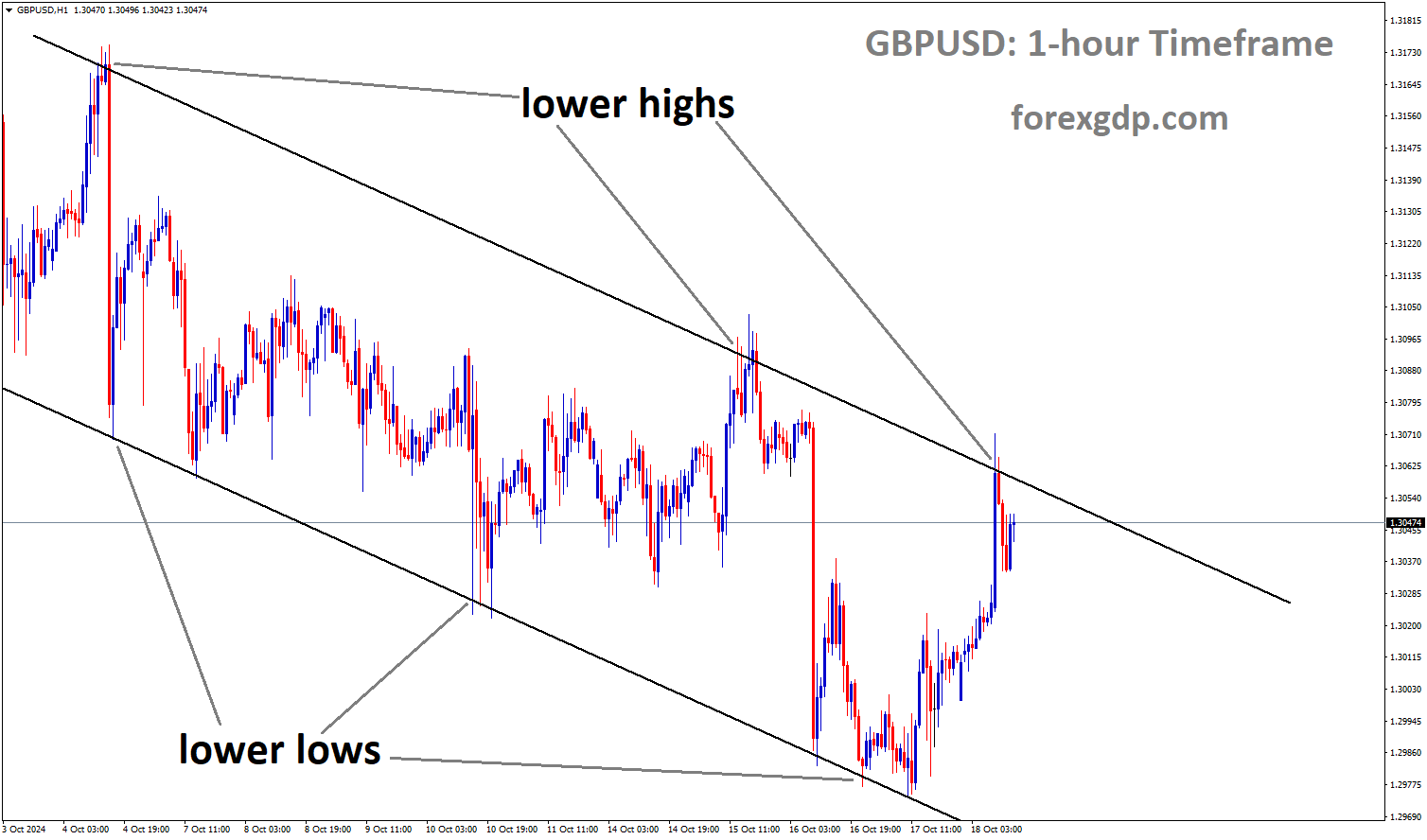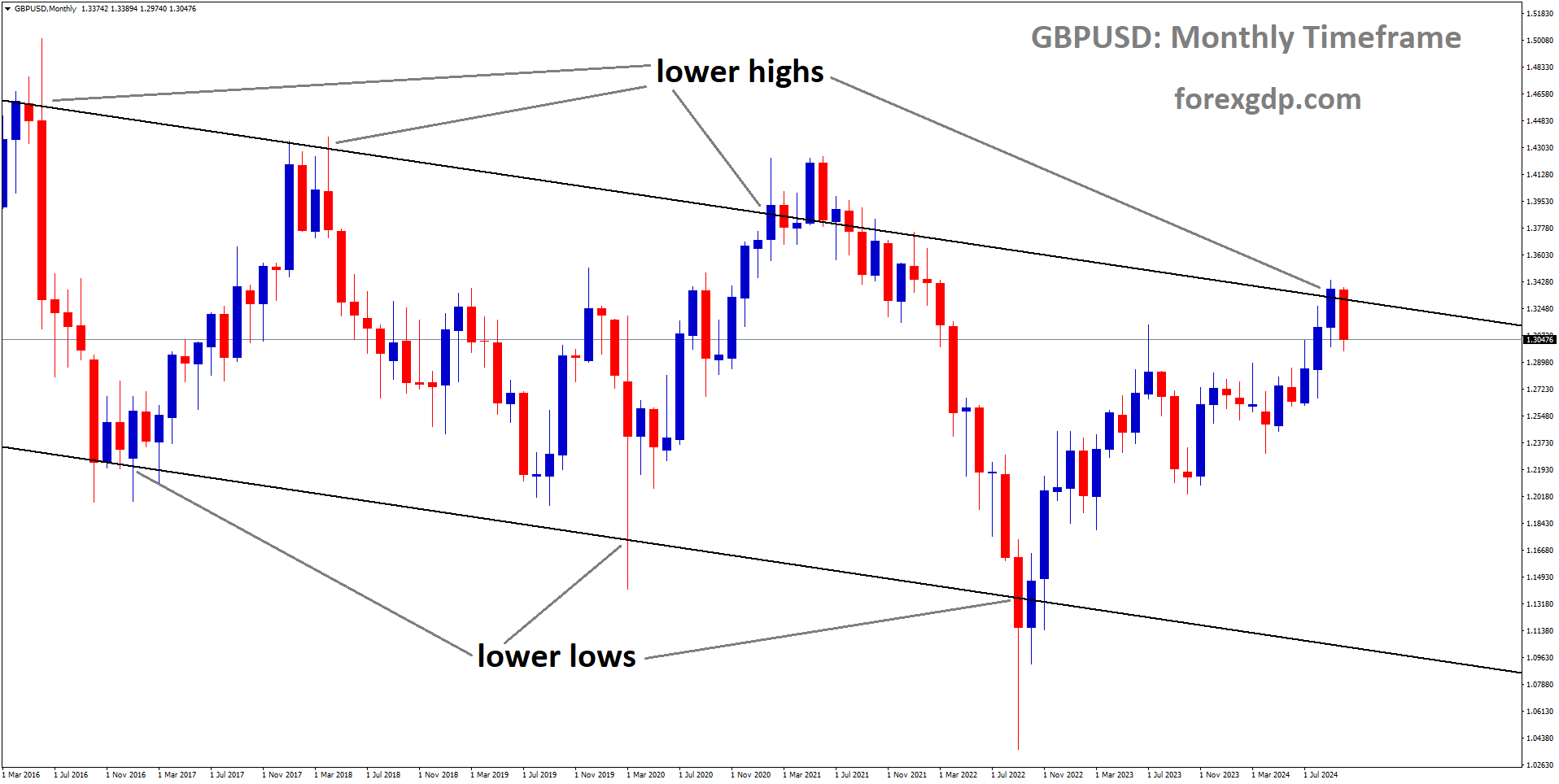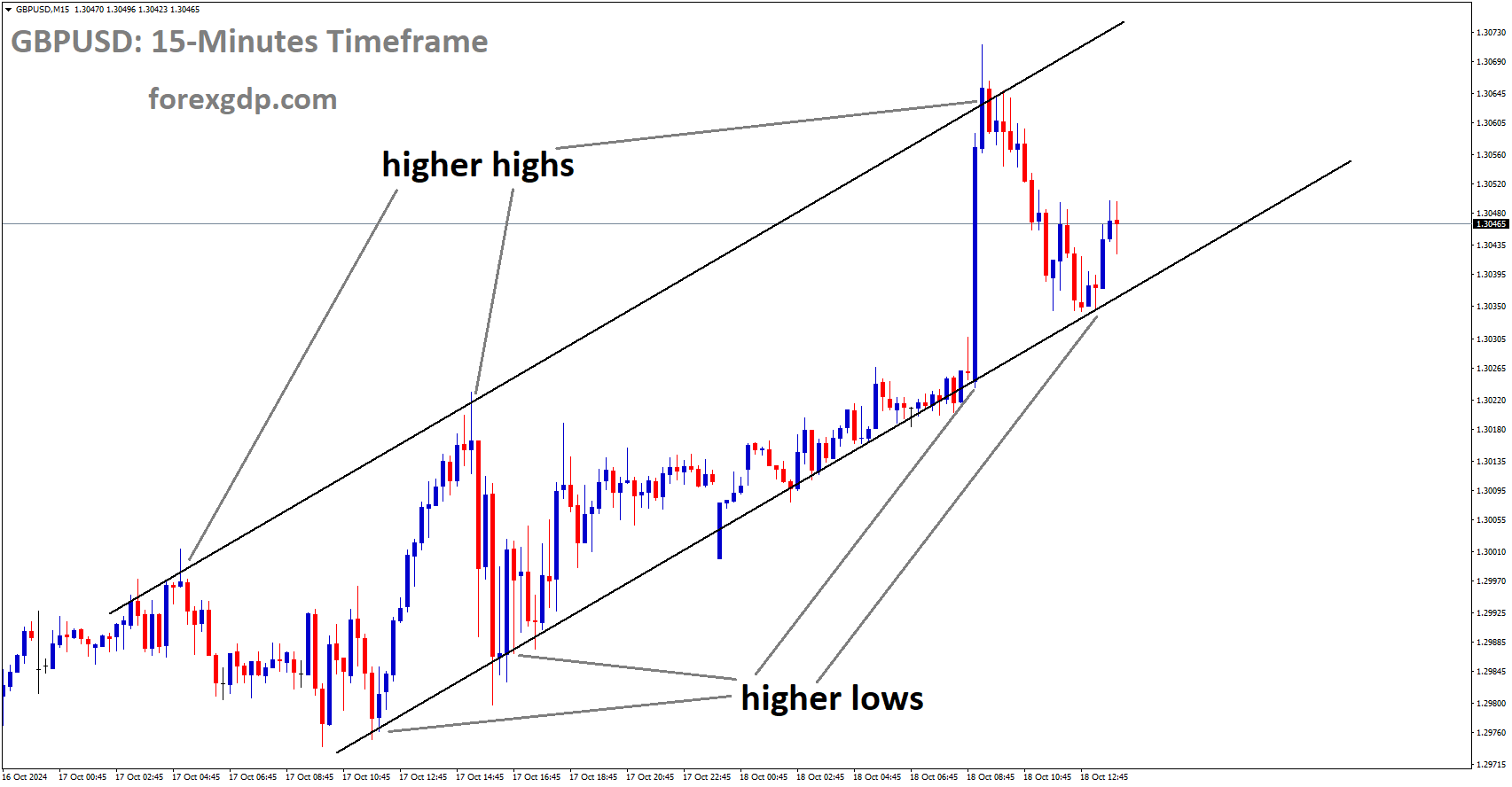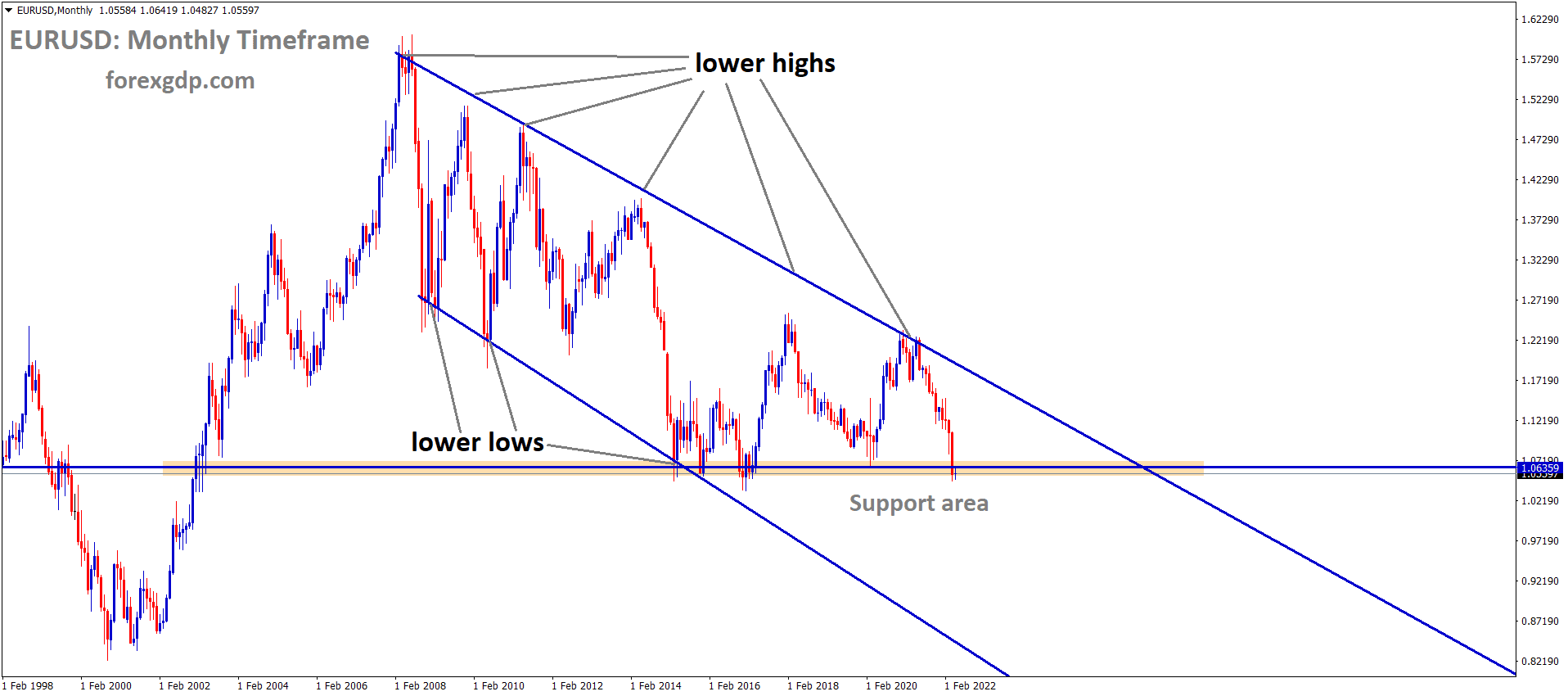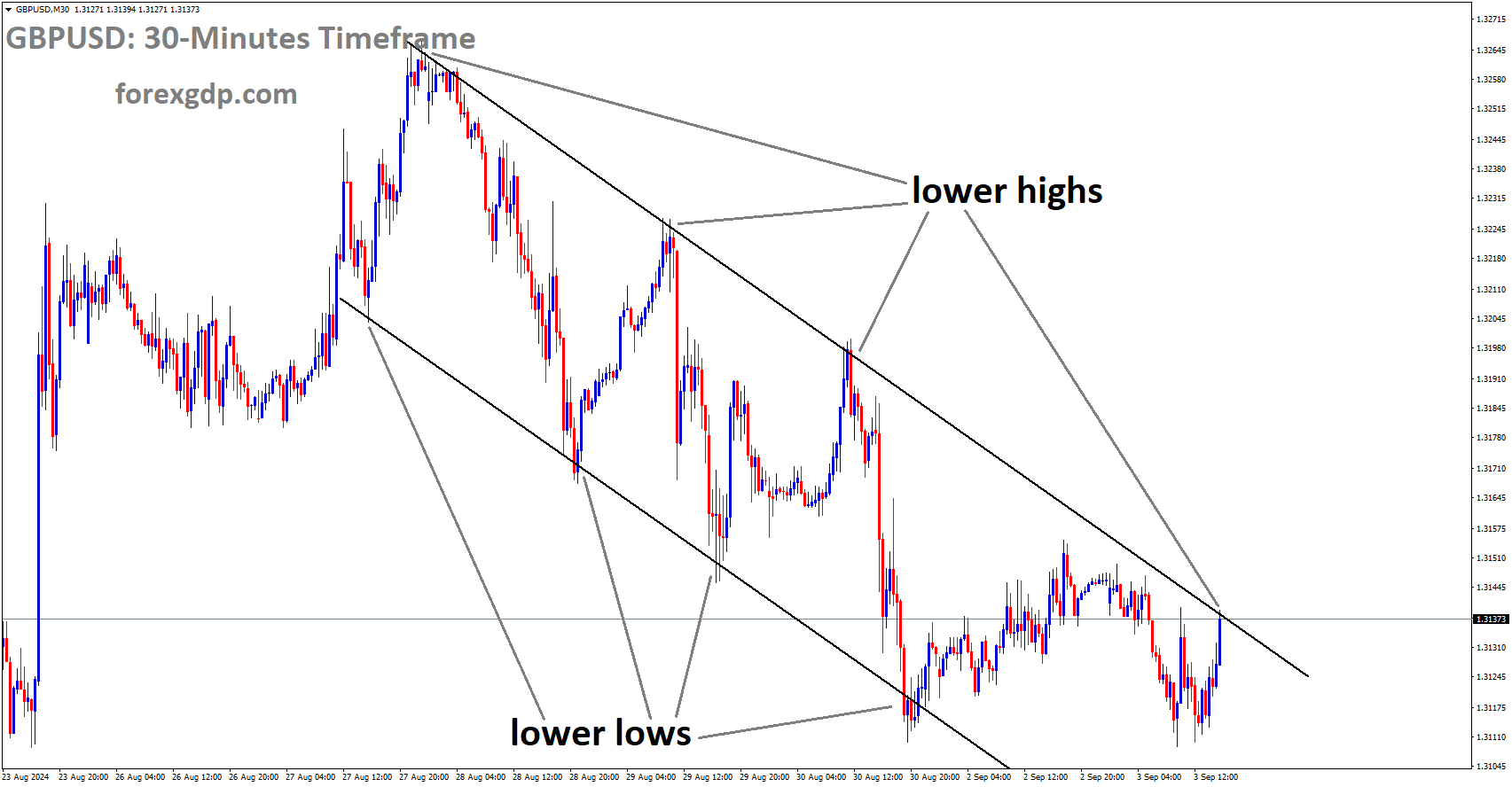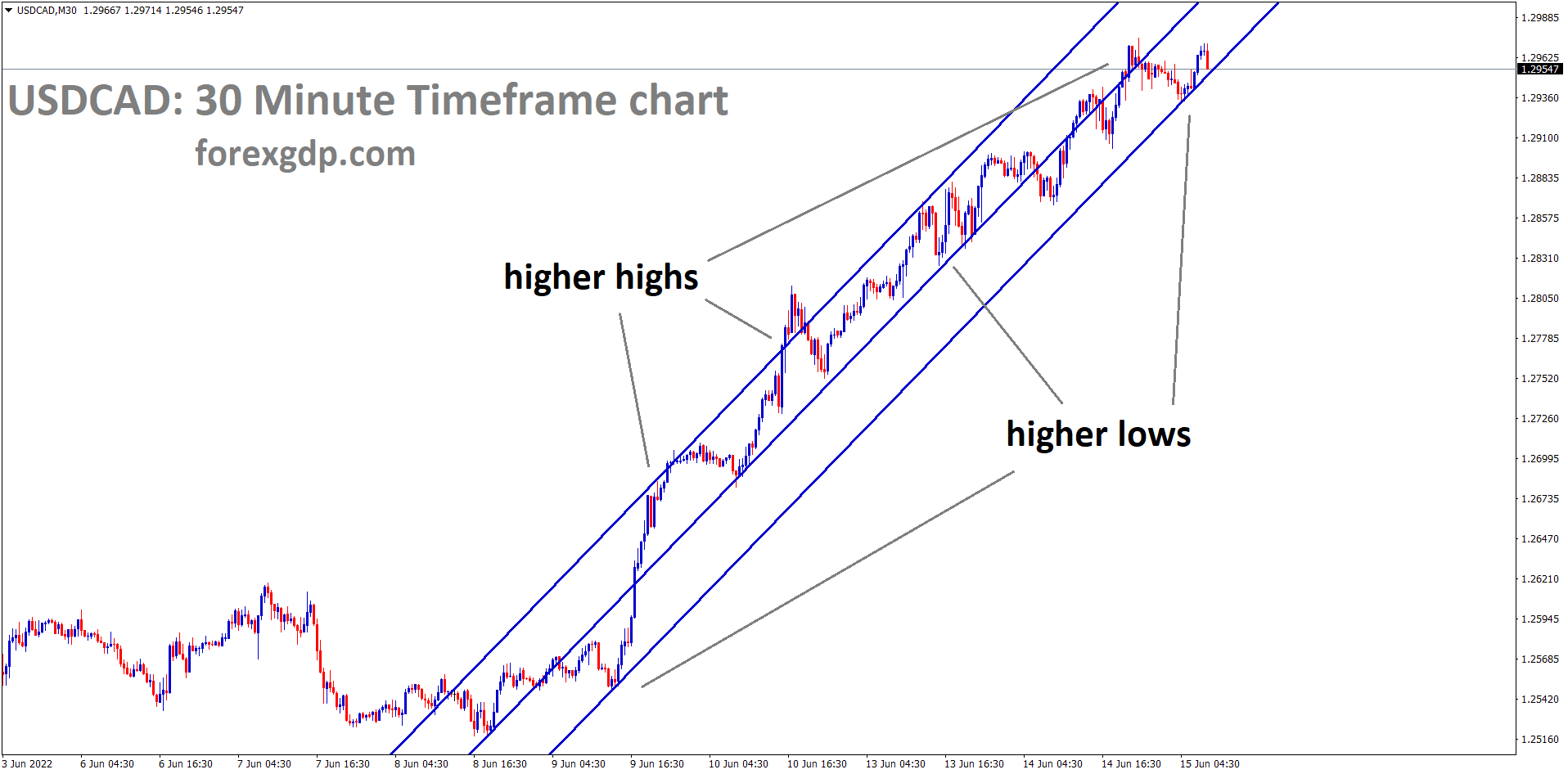GBPUSD is moving in a descending channel, and the market has fallen from the lower high area of the channel
#GBPUSD Analysis Video
The Pound Sterling Rebounds on Strong UK Retail Sales: What’s Behind the Move?
The recent rise of the Pound Sterling (GBP) against the US Dollar (USD) caught the attention of many traders and investors alike. On Friday, the GBP/USD currency pair bounced back from the 1.3000 level and climbed to around 1.3050, thanks to a surprising boost in UK retail sales data. While the US Dollar has been on a winning streak, recent developments are starting to make things more interesting. So, what exactly is driving these shifts in the currency markets?
Let’s dive into the factors behind the Pound Sterling’s rebound and why the outlook for both the British Pound and the US Dollar remains intriguing.
Strong UK Retail Sales Support the Pound Sterling’s Recovery
One of the major reasons behind the Pound Sterling’s recent bounce is the unexpected increase in the United Kingdom’s retail sales. The UK’s retail sales grew by 0.3% month-on-month, which caught many off guard as economists had predicted a decline of 0.3%. The surprise growth indicates that consumer spending in the UK remains resilient, despite concerns over the broader economic outlook.
Why Retail Sales Matter for the Currency Market
Retail sales are often seen as a key indicator of a country’s economic health because they reflect consumer confidence. When people feel good about their financial situation, they tend to spend more, which boosts the overall economy. On the other hand, a drop in retail sales can be a sign of economic trouble. In this case, the positive retail sales data suggests that UK consumers are still willing to spend, which provides a boost to the British Pound.
The strong retail sales numbers also come at a time when the Bank of England (BoE) has been facing pressure to cut interest rates. Some market participants had expected that the BoE would take a more dovish approach in its upcoming meetings due to concerns about slowing inflation. However, the upbeat retail sales data might cause the BoE to reconsider a more aggressive rate-cutting path, which in turn, supports the value of the Pound.
Consumer Spending: A Key Factor in Economic Growth
The stronger-than-expected retail sales in the UK not only boosted the Pound but also gave a broader signal of the country’s economic resilience. Year-over-year, retail sales grew at a solid rate of 3.9%, compared to 3.2% expectations, highlighting the steady pace of consumer spending. Even though the UK economy has faced challenges like high inflation and slowing global demand, consumer spending has held up, giving the economy a much-needed boost.
A Glimmer of Hope Amid Inflation Concerns
While the rise in retail sales is encouraging, it comes at a time when inflation is starting to ease, particularly in the services sector. The UK Consumer Price Index (CPI) report for September showed that inflation fell below the Bank of England’s 2% target, which had led to some speculation that the BoE might cut interest rates to stimulate the economy further.
GBPUSD is moving in a downtrend channel, and the market has fallen from the lower high area of the channel
However, with retail sales showing strength and inflation appearing to be under control, the BoE may adopt a wait-and-see approach rather than rushing into rate cuts. This potential shift in the BoE’s policy outlook is another factor supporting the Pound Sterling in the short term.
US Dollar Faces Headwinds Despite Strong Economic Data
Meanwhile, on the other side of the Atlantic, the US Dollar has enjoyed a strong run in recent weeks, driven by a combination of solid economic data and expectations around the Federal Reserve’s interest rate decisions. But with the recent dip in the US Dollar Index (DXY) and the Pound Sterling gaining ground, it’s clear that not everything is rosy for the Greenback.
US Retail Sales and Job Market Show Strength
In the US, better-than-expected retail sales and lower jobless claims have bolstered confidence in the resilience of the American economy. In September, US retail sales rose by 0.4%, beating estimates of 0.3%. Additionally, weekly jobless claims fell to 241,000, which was below the expected 260,000. These positive figures suggest that the US economy is still in good shape, which is typically a good sign for the US Dollar.
Federal Reserve’s Interest Rate Path: Slow and Steady Wins the Race?
The Federal Reserve has been in the spotlight as traders try to predict its next move on interest rates. Many had speculated that the Fed might cut rates more aggressively due to cooling inflation. However, the latest data suggests that the Fed may opt for a more gradual approach. Current market expectations point to a potential 25 basis point (bps) rate cut in both November and December, according to the CME FedWatch tool.
GBPUSD is moving in an Ascending channel, and the market has rebounded from the higher low area of the channel
While a slower pace of rate cuts may dampen some of the US Dollar’s momentum, the overall outlook for the Greenback remains positive as long as the US economy continues to show resilience. The combination of strong retail sales and a healthy job market provides a solid foundation for the USD, even if it faces occasional pullbacks.
Political Factors Add Another Layer of Complexity
In addition to economic data and central bank policy, political factors are also playing a role in shaping the currency markets. In the US, rising expectations of former President Donald Trump returning to office in the 2024 elections have caught the attention of traders. Many believe that a Trump administration could bring policies that would support the US Dollar, such as higher tariffs and tax cuts.
While it’s still too early to say how the political landscape will unfold, the possibility of a Trump victory is something that traders are keeping an eye on, as it could have significant implications for the US economy and, by extension, the USD.
Final Thoughts: What’s Next for the Pound and the Dollar?
So, where does this leave the Pound Sterling and the US Dollar? The British Pound has enjoyed a recent bounce, thanks to stronger-than-expected retail sales data and a more optimistic outlook for consumer spending in the UK. However, the path forward for the GBP will depend largely on how the Bank of England reacts to the evolving economic landscape, particularly with inflation starting to ease.
On the other hand, the US Dollar remains supported by solid economic fundamentals, including strong retail sales and a healthy job market. However, the outlook for the Greenback could shift depending on how the Federal Reserve approaches interest rate cuts in the coming months.
For now, both the Pound and the Dollar have reasons to be optimistic, but the currency markets are never without surprises. Traders and investors will need to keep a close eye on economic data, central bank decisions, and political developments to navigate the ever-changing landscape of the foreign exchange market.
In short, the Pound’s rebound is a reminder that in the world of currencies, nothing is set in stone. Whether you’re a seasoned trader or just someone keeping an eye on exchange rates, it’s important to stay informed and be prepared for whatever comes next.
Don’t trade all the time, trade forex only at the confirmed trade setups
Get more confirmed trade signals at premium or supreme – Click here to get more signals , 2200%, 800% growth in Real Live USD trading account of our users – click here to see , or If you want to get FREE Trial signals, You can Join FREE Signals Now!

